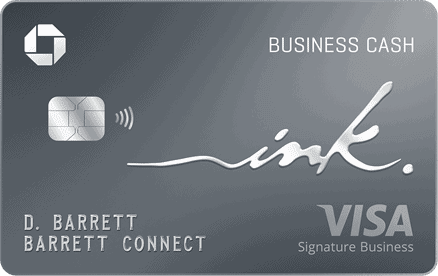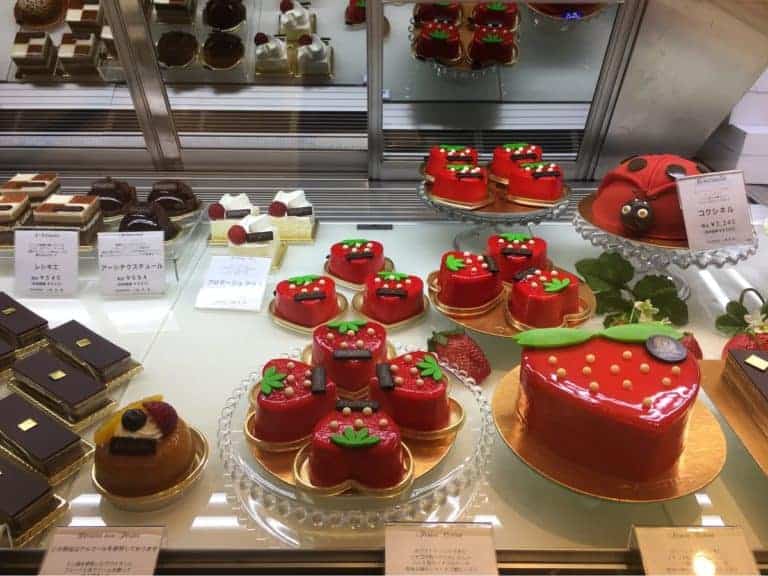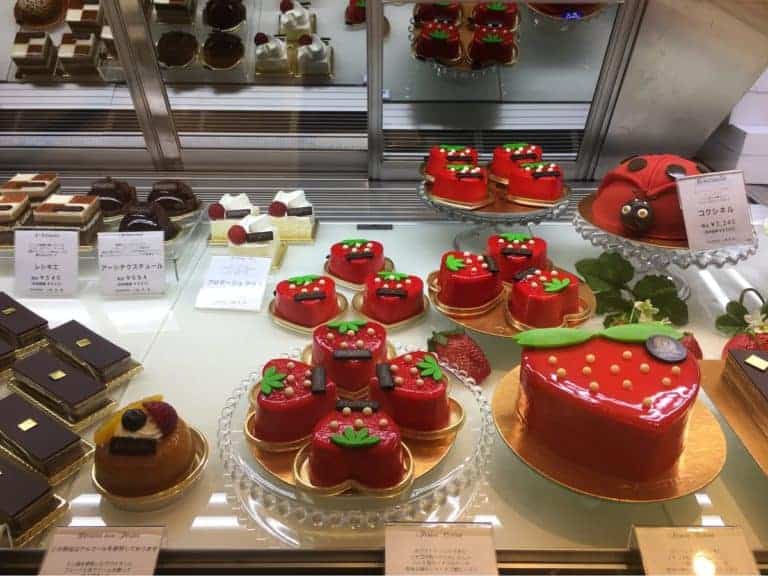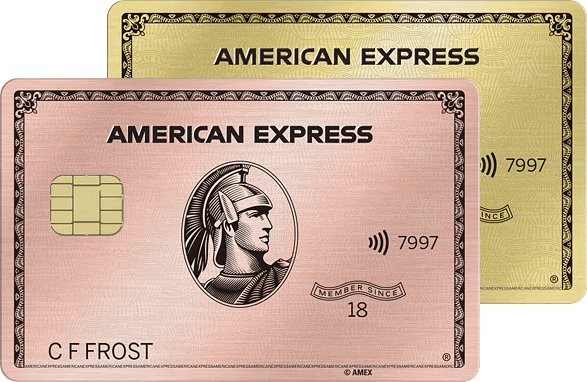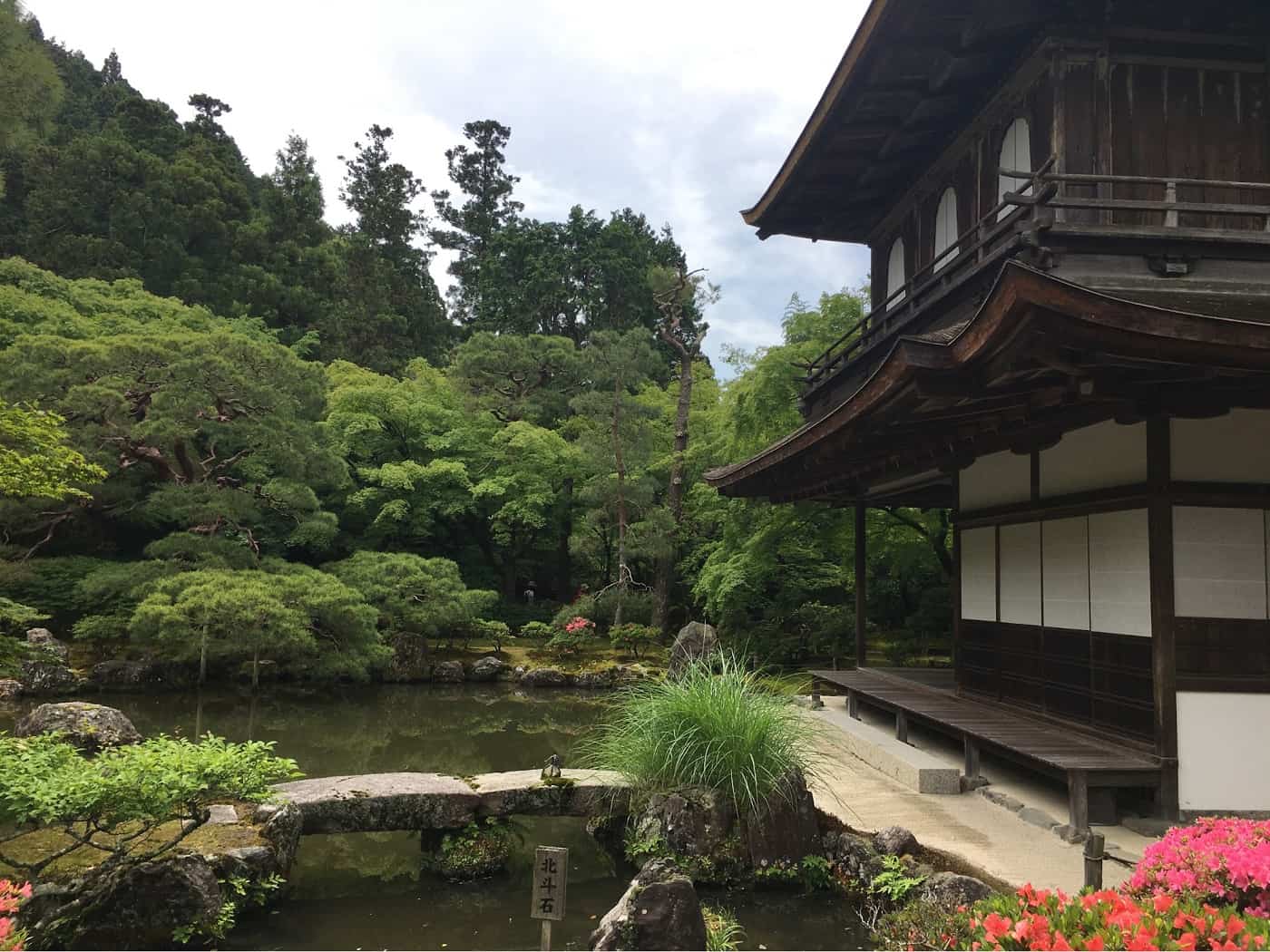
10xTravel is part of an affiliate sales network and receives compensation for sending traffic to partner sites, such as CreditCards.com. This compensation may impact how and where links appear on this site. This site does not include all financial companies or all available financial offers. Terms apply to American Express benefits and offers. Enrollment may be required for select American Express benefits and offers. Visit americanexpress.com to learn more.
Note: Some of the offers mentioned below may have changed or may no longer be available. The content on this page is accurate as of the posting date; however, some of our partner offers may have expired. You can view current offers here.
In part one, I shared what I learned about getting around Tokyo and Kyoto and in this article, I’ll share how I saved money on tours, what we did to stay connected, provide some random tidbits and, of course, describe the delicious food.
It took me some time to figure all these things out and get information from different sources, including from locals in Japan, so I hope that by putting it all together in one spot this will help you plan your trip to this fascinating country.

Free Tours with a Local
One of my favorite things to do in any city is to do a free walking tour. The tours aren’t actually completely free because you need to tip a guide, but it’s still much cheaper than hiring a private guide or going on a paid group tour.
When I Googled “Tokyo free tours”, I came across a few organizations that arrange walking tours for foreign visitors with a volunteer guide. Systematized Goodwill Guide Groups can help make arrangements for a personalized tour with a local volunteer in various places in Japan. I contacted two organizations on the list and didn’t book ahead of time so I wasn’t sure if anyone was going to be available, but they both responded and arranged a guide for me!
It was absolutely amazing to spend a whole day with a local. I just had to pay their expenses, such as subway pass and lunch. They asked me what we’d like to see and where we’d like to go and we set off to wander around town together. Tokyo is a huge city, so having someone orient you to it on your first couple of days is priceless.
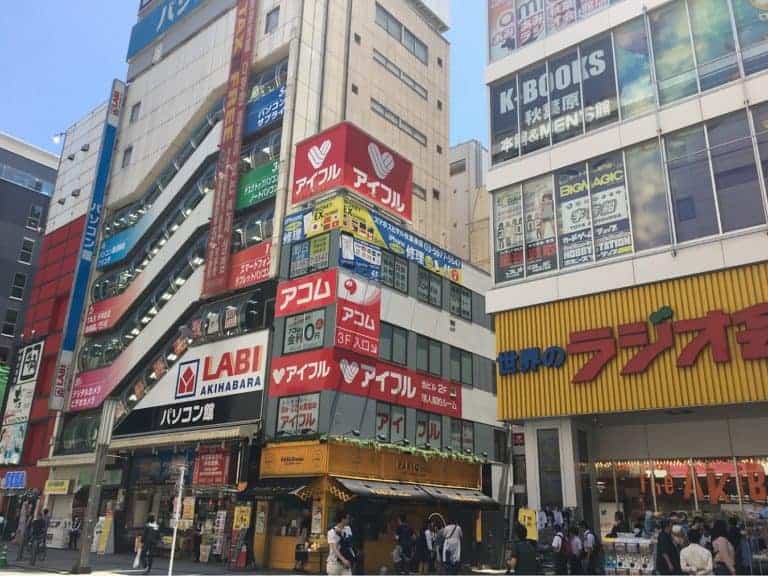
Akihabara, Tokyo’s Electronics District
Using Cell Phones and WiFi in Japan
We opted not to get a pocket wifi which is a popular choice among travelers to Japan. I didn’t want to carry yet another device and worry about charging it. We were going to Korea after that, so I just got prepaid SIM cards that work in multiple countries on Amazon. They are very inexpensive and they worked great for us. We definitely saved money compared to renting a pocket wifi.
Pro Tip: Use the Chase Ink Business Cash® Credit Card to buy Amazon gift cards at an office supply store, or buy Amazon gift cards at a grocery store if you have a card that earns more than 1X on groceries.
Chase Ink Business Cash® Credit Card
Earn $350
bonus cash back when you spend $3,000 on purchases
in the first three months and additional $400 when you spend $6,000 on purchases in the first six months after account opening
Surprisingly, WiFi availability in Japan is pretty bad. Outside of the hotel, it was hard to connect when it was available and, even if I managed to get on WiFi, it was unreliable.
A lot of hotels in Asia offer free loaner phones called Handy and they often just come with the room. Handy phones definitely aren’t the best and the battery life is not very good but they are free to use and come with pre-installed Google maps. Google maps worked great and I could easily get the walking and public transportation directions.
Food
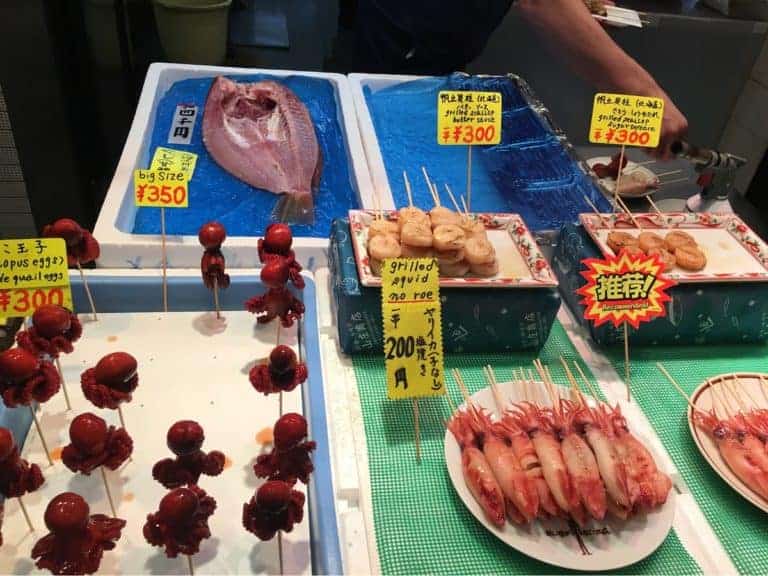
Food is not cheap in Japan, especially in large cities like Tokyo and Kyoto. Surprisingly, large train stations have lots of restaurants, and some are relatively inexpensive. Tokyo and Kyoto train stations aren’t like any other train stations I’ve seen before. Both are clean and have lots of stores, restaurants and coffee shops. The areas around the train station are also very nice.
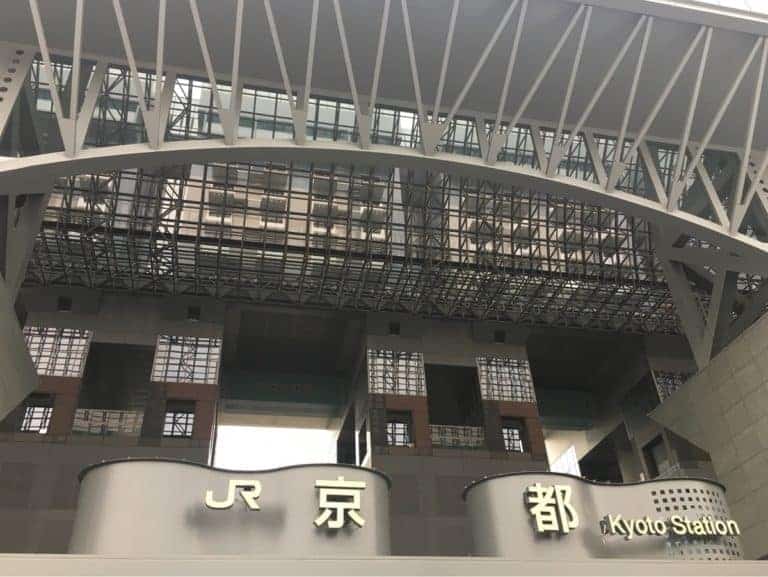
Kyoto train station
In fact, in Kyoto we stayed right outside the train station and it was a great location. I’d never stay so close to a station in a large European city like Munich or Paris, but it’s completely different in Japan. There’s a huge underground shopping mall right under Kyoto Station with more than a dozen restaurants and many cool shops. Most importantly, it’s air-conditioned. This is crucial if you are traveling in Japan during the summer.
If you can, book a hotel rate that includes breakfast. I’ve checked prices at coffee shops and cafes and they aren’t much different for breakfast type foods from prices for lunch and dinner. Also, some coffee shops don’t open till later in the day. And, surprisingly, for a tea centered culture, tea is quite expensive and coffee isn’t cheap either, about $3-4 a cup.
I’ve heard a lot about convenience stores in Japan, and there are indeed a lot of them. The food sold at convenience stores didn’t impress me at all, but water, soft drinks and ice cream are pretty cheap. These convenience stores are great for grabbing a cold drink on a hot day and a little chocolate pick me up while you are out and about.
The language barrier could be an issue in Japan, and if you love sushi, the “conveyor belt” sushi restaurants are great. You just grab a small plate that looks appealing from the conveyor belt when it passes in front of you. The plates are all different colors, so when it’s time to pay, the cashier just counts the empty plates. You want more of a particular kind of sushi and there isn’t more on the belt? Just get the attention of the sushi chef standing on the inside of the belt and point to your plate.
Ramen and rice bowl are, of course, much cheaper than sushi or meat. And there are a lot of ramen places around. However, I’ve never tasted raw fish so fresh and so delicious, even at random, average looking restaurants. So, if you like sushi, it’s worth splurging on some (or a lot) while you are in Japan, you won’t regret it!
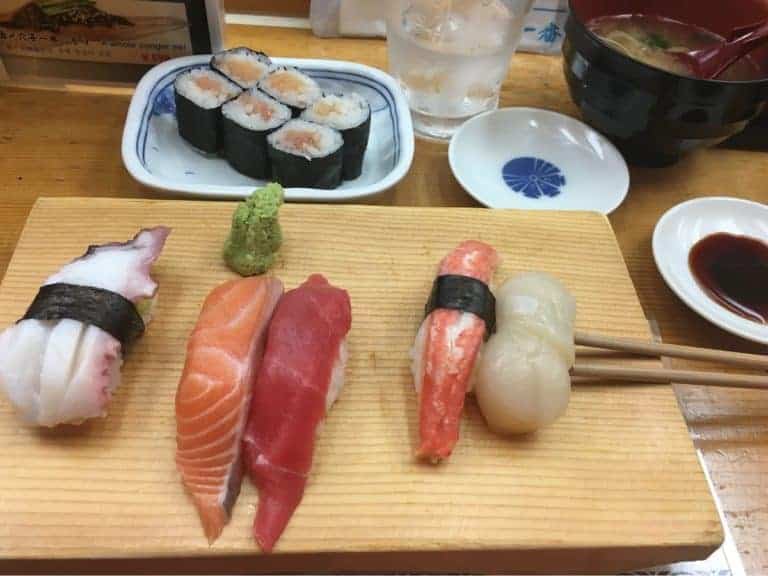
The Japanese pay a lot of attention to details in food presentation, and major department stores have the most beautiful food displays I’ve ever seen, especially the desserts. I had a lot of fun just wandering around the food halls looking at all the pretty displays.
The Random Tidbits
Below are a couple of helpful tidbits I learned that might help you plan your visit:
- There are a couple of places where you can see Tokyo from above, so in my opinion, it doesn’t make sense to pay for Skytree or Tokyo Tower. Not only are they expensive, but they’re also crowded and there are often long lines to get in. Tokyo Metropolitan Government Building has a free observation deck which offers spectacular views of Tokyo, especially at sunset.
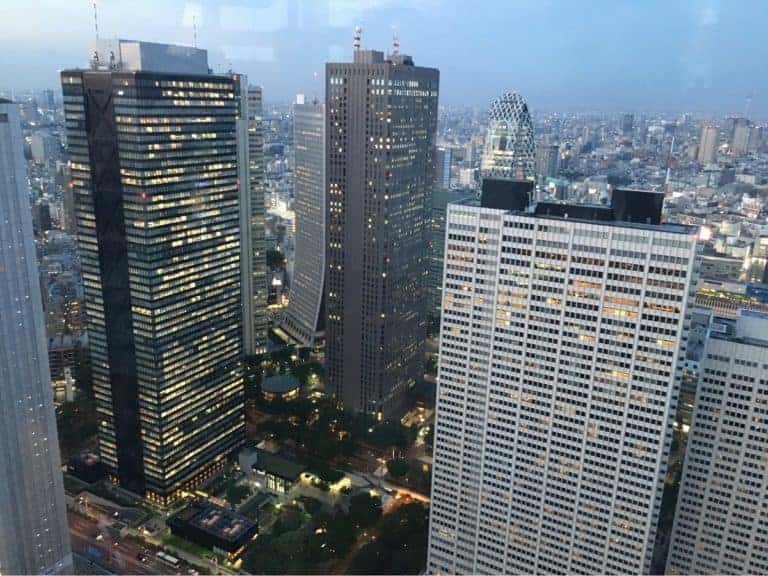
View from Tokyo Metropolitan Government Building
- Another great observation point is Asahi Sky Room bar on the 22nd floor of Asahi Super Dry Building in Asakusa district of Tokyo. For the price of one beer, you can enjoy spectacular views and relax at the same time.
- You are required to carry your passport in Japan (not a copy). Theoretically, if the police stop a tourist on the street and the tourist doesn’t have a passport, the fine could be as high as $100.
- The sales tax in Japan is 8% but foreigners don’t need to pay it on purchases over 5,000 yen (about $50). The tax refunds process is much easier in Japan than in Europe because you get the tax back on the spot. To make it work, you’ll have to show your passport to prove that you are in Japan as a visitor. I’ve received my tax refund twice: once at a small store so the sales clerk processed it at the time of sale, and once at a dedicated tax refund desk at a large department store.
- They will tape the receipt to the passport page that shows when you entered Japan and you are required to keep the receipt until after you leave the country. You’ll get back 100% of the sales tax.
- Keep in mind that you need to take off your shoes when visiting temples and shrines. So if you’d rather not walk barefoot, have a pair of socks with you.
- Credit cards aren’t widely accepted, I was glad to have my trusty Schwab debit card with no ATM or foreign exchange fees and we just withdraw cash as needed. That’s a minor inconvenience, but compared to a few years ago, more places take plastic now.
Final Thoughts
If you can, try to hang out with a local. Book a free tour with a volunteer guide just for you and your traveling companions. They love their country and love to talk about it. One of my most memorable experiences of the whole trip were the free tours because I got to hang out with Tokyo natives for two days. We’ve also met some Japanese school kids who were eager to practice English near one of the temples in Nara and they gave us origami and a handmade thank you card! These are my favorite souvenirs from this trip.
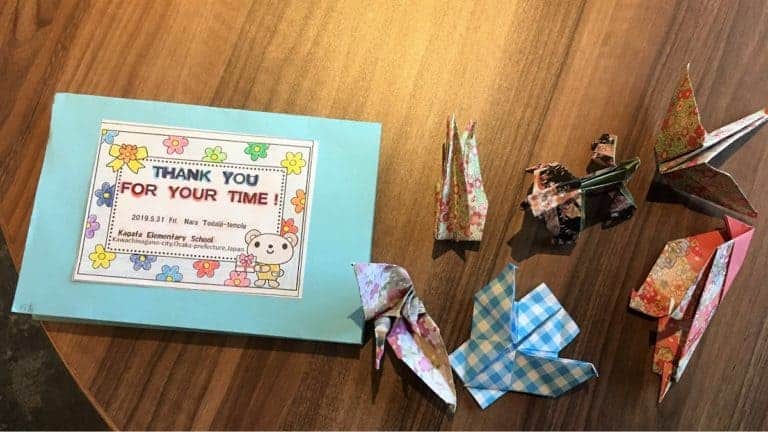
I must say, I’ve never received better service at hotels than in Japan, I am afraid I am ruined for life now as nothing can compare!
I hope you will find my two-part trip report helpful when you plan your own trip to Japan. We had a great time and by going in May, we avoided the worst of the summer heat.
Travel well,
Anna
New to the world of points and miles? The Chase Sapphire Preferred® Card is the best card to start with.
With a bonus of 60,000 bonus points after you spend $4,000 on purchases in the first 3 months of account opening. , 5x points on travel booked through the Chase Travel Portal and 3x points on restaurants, streaming services, and online groceries (excluding Target, Walmart, and wholesale clubs), this card truly cannot be beat for getting started!
Editors Note: Opinions expressed here are author’s alone, not those of any bank, credit card issuer, hotel, airline, or other entity. This content has not been reviewed, approved or otherwise endorsed by any of the entities included within the post.



